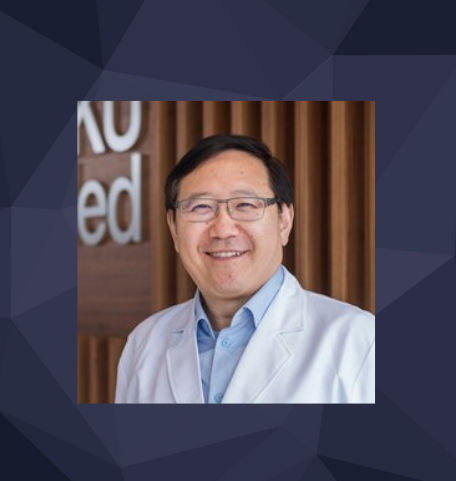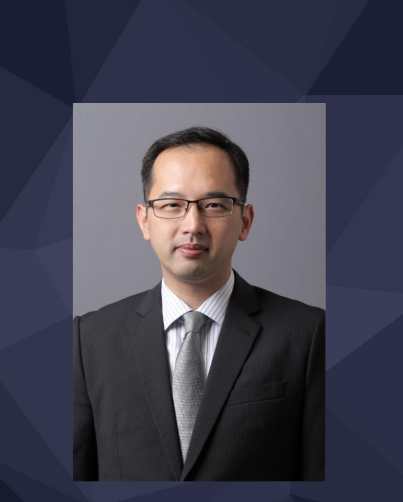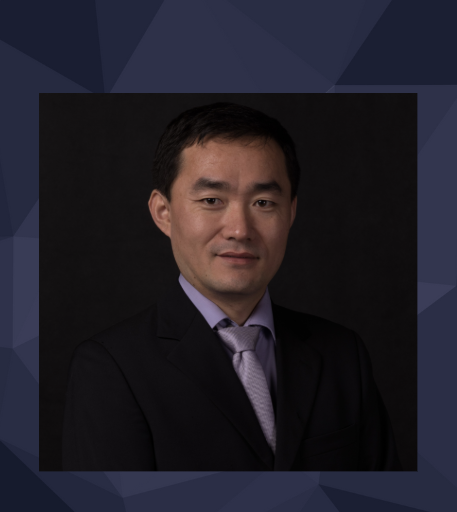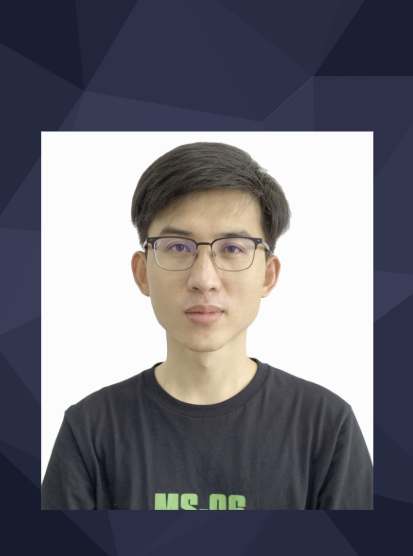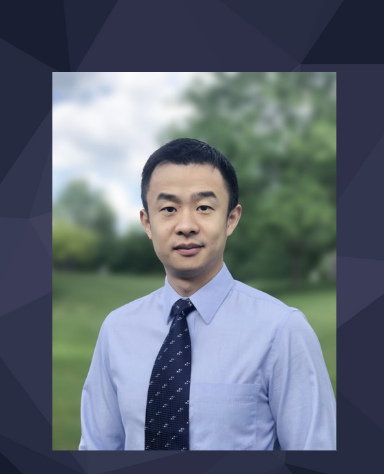A Simulation Platform for Shared Mobility Services
This is a large-scale simulation platform for managing and controlling Hong Kong taxis. The simulator platform can be used to simulate the movements and trajectories of taxis for idle cruising, picking up passengers, and delivering passengers on a large-scale transportation network. The simulation platform is calibrated by a real dataset of Hong Kong taxis to ensure that the simulation well approximates the reality. This simulator is jointly developed by the teams of Dr. Jintao Ke at HKU and Prof. Hai Yang at HKUST. The simulation platform will be open for public use in the near future.


